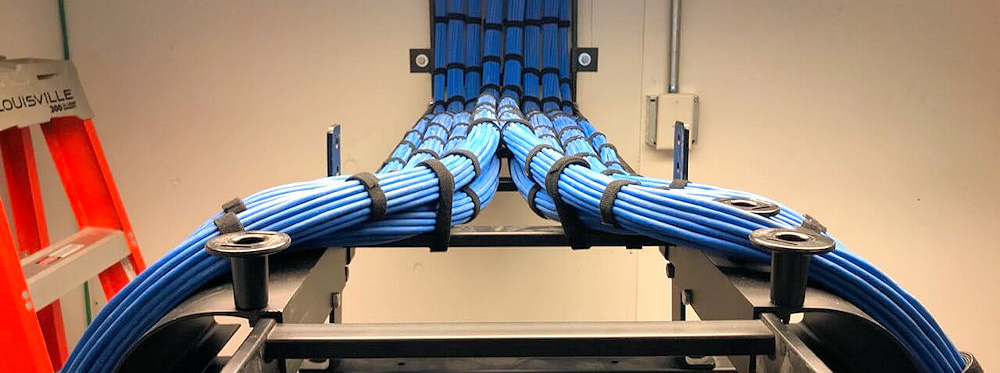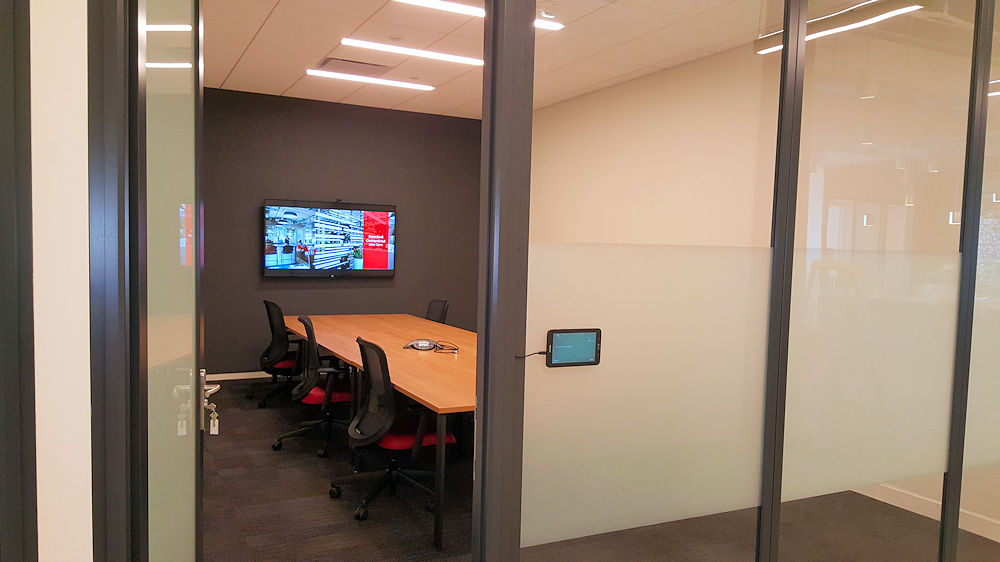Cable Companies In Dallas
What is the purpose of structured cabling?
The purpose of structured cabling is to manage and keep cables organized, minimizing congestion and improving performance. Cables can become tangled, causing errors or even crashes. By using a system like structured cabling, organizations can reduce the time needed to troubleshoot and repair systems. There are several benefits to using structured cabling. First, it can help reduce the amount of clutter and noise in an office or home. Second, it can make it easier to manage data and network connections. Third, using structured cabling can help improve overall security and reliability. Finally, using structured cabling can save time and money by making it easier to connect different parts of a network together.

What are the benefits of structured cabling?
Structured cabling systems that are properly designed and configured can help to organize data and communications within an organization as well as between locations. A structured cabling system includes: Ancillary equipment such as servers, patch panels, and storage devices. The network infrastructure includes switches, routers, cables, and other devices. End-user devices such as phones and computers are called switches, routers, cables. Structured cabling refers to wiring that is used in buildings for telecommunications. The most popular type of structured cabling, CAT 5e, or Category 5 Ethernet is the most widespread. This is the maximum length of the cable. It's five meters. The CAT 6 and the CAT 7 are two other common types of structured cabling.
Neighborhoods We Service
We've provided Structured Cabling & Data Cabling to our neighbors in Dallas TX starting in 2006. From Texas State Highway 75 to I635 & I30 / I20, we've helped clients in neighborhoods like:
Dallas Downtown Historic District - Deep Ellum - Far North Dallas - Uptown - South Dallas - Bishop Arts District - Lake Highlands - West Dallas - Arts District - Preston Hollow
Proudly Providing Service To The Amazing Texas City of Dallas
Our Dallas Office
Find Us On The Web!
Get in touch with us today to get going with your FREE Structured Cabling Evaluation & Quote by calling us direct (number listed below) or visit us online. Give us a call: (214) 251-5237 Web site: https://shelbycommunications.com Shelby Communications - 1505 Denise CT, Keller, TX 76248
What are the components of structured cabling?
There are two major standards for structured cabling: Category 5, and Category 6. Category 5 cabling connects devices to a central authority environment such as telephone exchanges and cable headends. It is required to have a specific gauge and can transmit gigabits per second. Category 6 cabling can be used to connect devices within a distributed authority environment such as offices or homes. It is smaller in gauge and can transmit 100 megabits per sec.


What are the six subsystems of a structured cabling system?
The principle of structured cabling is to use several types of cabling, each with its own advantages and disadvantages, so as to create a communications network that is easy to maintain and manage. The various types of cable used in a structured cabling system include Category 5 wire gauges for high-speed data traffic,Category 3 for medium-speed data traffic, category 2 for voice circuits, and category 5e (or better) for video and audio.
Does structured cabling is recommended for all Organization Why?
Structured cabling (also known as cable management) is a system that organizes and regulates the flow of cables within a facility. This helps to reduce clutter and make it easier for network traffic management. This system can improve communications reliability by limiting damage from vibrations and surges. Cabling refers to a group of wires that run along ducts or other conduits within a structure. These wires are then bundled together into panels or cables and covered with protective covers (e.g. To create structured cabling, these wires are bundled together as panels or cables and then covered with protective covers (e.g. armor) or encased in insulation. Structured cabling is the use of certain types of cables, connectors, and assemblies to reduce interference between signals traveling through the same bundle of cable. This improves performance for both devices as well as network infrastructure.


How do you install structured cabling?
A structured cabling system can be divided into four components: the backbone, front end, distribution and terminating. The signals between switches or hubs are carried by the backbone cables. These cables are typically thick and terminate in RJ45 plugs or connectors like fit862. Because they offer a high-speed link between nodes, backbone cables are essential for a LAN. The front-end cabling connects your computer to the switch or hub. This cable is very thin and includes a patch cord, an Ethernet connector or a thin patch cord on one end and a compatible adapter on the other. The distribution cabling runs through the building, carrying information between the devices on the network. The cable is composed of smaller components that run between devices like workstations and servers. For use with headphones, distribution cables can be connected to wall jacks.
What is Datacenter structured cabling?
A properly configured structured cabling system helps to organize data and communication within an organization, as well as between different locations. The components of a structured cabling system include: Ancillary equipment, such as patch panels, servers and storage devices. Network infrastructure, including switches, routers and cables. End user devices, such as computers and phones. Structured cabling is a system of wiring used inside buildings for telecommunications. The most common type of structured cabling is known as CAT 5e or Category 5 Ethernet. This refers to the maximum width of the cable, which is five meters. Other common types of structured cabling include CAT 6 and CAT 7.

What are the 2 main standards of structured cabling?
The ANSI/ITA-568 and ISO/IEC 11801 are the two names you need to know because these two are the main structured cabling standards.
What are the six subsystems of a structured cabling system?
The Six Subsystems of a Structured Cabling System Entrance Facilities (EF) ... Equipment Room (ER) ... Backbone Cabling. ... Telecommunications Room (TR) and Telecommunications Enclosure (TE) ... Horizontal Cabling – (Cabling Subsystem 1) ... Work Area.
What is Datacenter structured cabling?
What is Structured Cabling? A structured cabling system uses a Main Distribution Area, or MDA, into which all connections are run. The TIA-942 Standard defines the MDA as the central point of distribution for the data center structured cabling system.
What is the purpose of structured cabling?
Structured cabling is a type of infrastructure that supports the performance of an organisation's cabling system or network. It is the glue that binds all PCs, phones and other devices used within the business together – providing a reliable and versatile solution to a wide range of communication requirements.
Which standard is also known as structured cabling?
Which standard is also known as structured cabling? Definition. TIA/EIA Commercial Wiring Standard.
What is structured cabling system?
A structured cabling system is a complete system of cabling and associated hardware, which provides a comprehensive telecommunications infrastructure. This infrastructure serves a wide range of uses, such as to provide telephone service or transmit data through a computer network. It should not be device dependent.